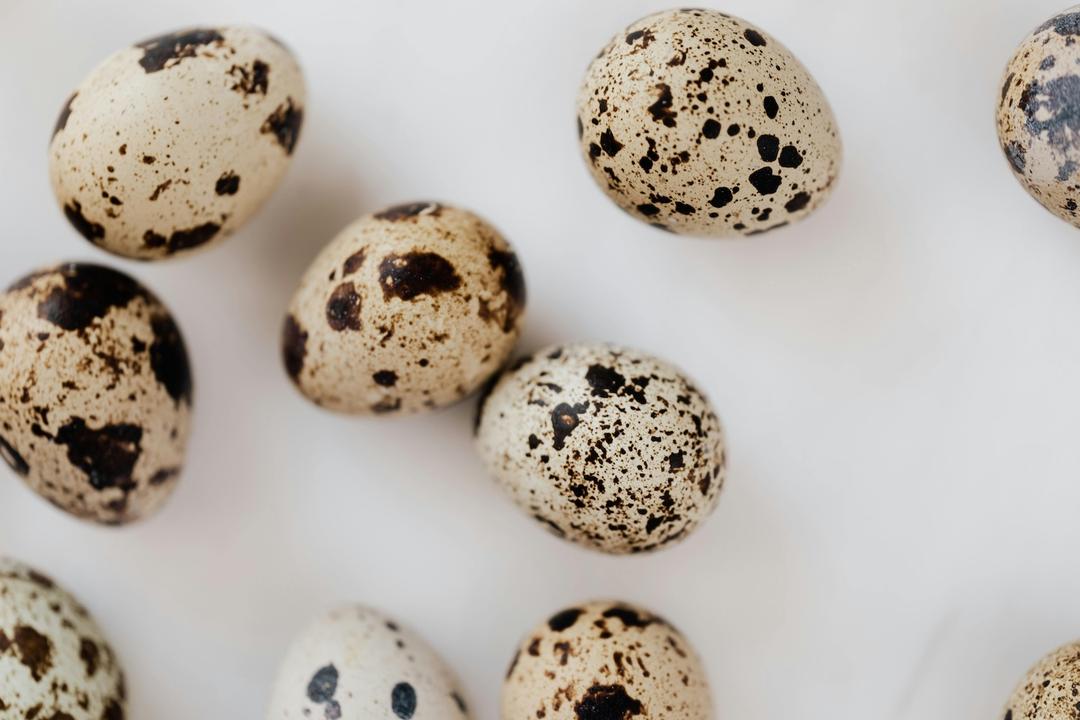Few crops thrive in Texas heat quite like the sweet potato. These sprawling vines don’t just survive full sun—they craveit. Whether you’re gardening in sandy East Texas or heavier Central Texas soil, sweet potatoes (Ipomoea batatas) reward patient growers with beautiful vines above ground and delicious roots below.
👉 Browse Gardening Experiences
☀️ Why Sweet Potatoes Belong in Texas Gardens
Sweet potatoes evolved in warm, tropical regions—so Texas summers feel just right. Their deep, fibrous roots reach far into the soil to find water, while their broad leaves shade and protect the ground below.
- Heat tolerant: Thrives in daily highs above 95 °F where many vegetables fail.
- Drought resilient: Long roots find moisture even in dry conditions.
- Soil builder: Adds organic matter and breaks up compacted soils.
- Dual purpose: Beautiful vines above, nourishing tubers below.
🌿 Fun fact: East Texas towns like Van and Gilmer are famous for sweet potato production thanks to their well-drained, sandy soils and long growing seasons.
🍠 Choosing the Right Variety
Look for heat-loving, disease-resistant varieties proven in southern soils.
| VarietyNotes | |
| Beauregard | Reliable, high-yield standard across Texas. |
| Centennial | Excellent flavor and adaptable to varied soils. |
| Vardaman | Compact “bush” type, ideal for containers or small beds. |
| Jewel | Classic sweet flavor with great storage potential. |
Avoid ornamental sweet potato vines—they’re pretty but not meant for eating.
🌾 Preparing Your Soil
Sweet potatoes need full sun (8+ hours per day) and loose, well-drained soil.
- Ideal soil: Sandy loam or fine sandy clay loam (pH 5.5–7.5).
- Amendments: Work 2–4 inches of compost or aged manure into the top 8 inches.
- Drainage: Use raised beds or mounded rows (8–12 in high) if you have dense clay.
💧 Tip: Too much nitrogen encourages leafy growth but smaller roots. Stick to balanced organic fertilizer.
🌱 Starting and Planting Slips
Sweet potatoes grow from slips—young shoots sprouted from mature tubers.
How to Make Slips at Home
- Cut a clean sweet potato in half and suspend over water, cut side down.
- Place in a warm, bright spot until 6-inch shoots form.
- Twist off slips and root them in water or moist soil.
- Harden off outdoors for several days before planting.
You can also buy ready-to-plant slips from Texas nurseries or local farms.
When and How to Plant
- Timing: Mid-April to early June, once soil is at least 65 °F.
- Depth: Plant slips 2–3 inches deep, burying most of the stem.
- Spacing: 12–18 inches apart, rows 3–4 feet apart.
- Mounding: Improves drainage and warms soil for faster rooting.
🌻 Care Through the Growing Season
Water: Keep soil evenly moist (about 1 inch per week). Reduce watering 2–3 weeks before harvest to prevent cracking.
Weeds: Weed early; once vines spread, they’ll naturally shade out competition.
Pests: Watch for sweet potato weevils, nematodes, and cutworms. Rotate crops yearly.
Fertilizer: Light side-dressing midseason is sufficient; avoid excess nitrogen.
🌞 Pro tip: Mulch helps retain moisture and keep soil temperatures stable through hot Texas summers.
🧺 Harvest & Curing
Harvest before frost, when vines begin to yellow—usually 90–120 days after planting.
Gently loosen soil 12–18 inches from the base to avoid slicing roots. Don’t wash right away; just brush off soil and handle carefully.
Curing:
Keep roots in a warm (80–85 °F), humid place for 7–10 days to toughen skins and convert starches to sugars.
Storage:
After curing, store in a cool, dark space (50–60 °F) for up to six months.
🌈 Texas sunshine doesn’t just sweeten the flavor—it boosts beta-carotene and antioxidant content.
📅 Central & East Texas Planting Calendar
| StageTimingNotes | ||
| Slip Production | Feb – Mar | Start 6–8 weeks before planting |
| Planting | Apr – Jun | After frost; soil ≥ 65 °F |
| Growth | May – Sep | Maintain even moisture and mulch |
| Harvest | Sep – Nov | Before first frost |
| Curing & Storage | Oct – Dec | Cure 1–2 weeks, then store cool & dry |
(Shift earlier or later depending on your Texas region.)
🧡 Why It Matters
Sweet potatoes are more than a garden crop—they’re a lesson in adaptation. They thrive on sun, improve soil health, and provide long-lasting nourishment. In a changing climate, few plants demonstrate Texas resilience quite like this humble root.
❓ FAQ: Growing Sweet Potatoes in Texas
When should I plant sweet potatoes?
Mid-April through June, after the soil warms and frost risk passes.
Can I grow them in containers?
Yes—use compact varieties like Vardaman in at least a 10-gallon pot with rich, well-draining soil.
How long until harvest?
Most varieties mature in 90–120 days.
Why are my sweet potatoes small?
Usually from excess nitrogen or heavy, poorly drained clay soil.
Do sweet potatoes come back every year?
No—they’re tender perennials in tropical regions but annuals in Texas gardens.
🔗 Also Read
👉 The Science of Sweet Potatoes: Why They Love the Texas Heat
👉 Root Crops & Tubers in Texas: A Grower’s Guide to Underground Resilience
👉 From Soil to Storage: How Root Crops Feed Texas Year-Round
📚 References
- USDA Agricultural Research Service (2024). Sustainable Sweetpotato Production in the United States.
- USDA Agricultural Research Service (2023). Sweetpotato Production, Processing, and Nutritional Quality.
- Texas A&M AgriLife Extension (2024). Easy Gardening: Sweet Potatoes.
- Texas A&M AgriLife Extension (2024). Texas Crop Profile: Sweet Potatoes.
- National Institutes of Health / PMC (2019). Nutritional Composition and Health Benefits of Orange-Fleshed Sweet Potato.
- FAO (2021). Root and Tuber Crops for Food Security and Climate Adaptation.
📩 Stay Connected
Get hands-on gardening inspiration and farm-fresh experiences near you.





